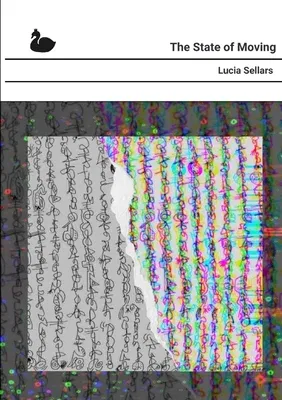The motion of poetry is like juggling. You pick a set of feelings and
images, then raise them into the air, into the randomness of infinity.
Then grab two realities and one ethereal substance. Lucia Sellars As the
blue planet rotates with a synchronised rhythm amongst the astral bodies
of the Milky Way, and beyond; so, our hearts palpit As the blue planet
rotates with a synchronised rhythm amongst the astral bodies of the
Milky Way, and beyond; so, our hearts palpitate in a rhythmic
configuration as we live in a world, that is - to live. That is to say,
the action of movement from one step to the other, one second to an
hour, is ´key´ in being, who we are and what exists. Newton´s Third Law
of Motion states that "for every action (force) in nature there is an
equal and opposite reaction". Here, in terms of poetry, the art in
itself as art can trigger a reaction in both the source and the receptor
to the force. Were the source is the poet and the receptor the reader.
The ´movement´ is not only experienced by the receptor but is also part
of the creative process of transforming the poets´ imagination into
tangible matter. We could say that movement is equivalent to ´a
pathway´, a bridge, a tunnel, a river, a vein, that takes you from A to
B. Movement is a constant, just like energy constantly transforms itself
and never dies. The illusion of stillness, and for things and beings to
be at rest, it´s almost as a moment of reflection caught in the
intervals of movement itself. For example, the spaces between the steps,
the breaths, the thoughts, the drops of rain, of which we become aware
of, and self-conscious about. The mountain may seem still, but its
essence is the reflection of movement. Stillness is just movement at its
slowest, a micro-movement, that nevertheless could produce a
considerable large reaction or subsequent force. Poetry moves emotion;
emotions are the movement of feelings - to be moved. There are perhaps,
two apparent pathways experienced through poetry. First; the pathway
that is encountered by the poet itself through the pivotal moment of
drifting in thoughts, progressing into the future such as dreams or
wishes - the unknown, regressing into the past such as memories and
facts - the known or just the present moment. Second; the pathway that
is experienced by the reader or listener or viewer; who would be moved
into boredom, epiphany, inspiration, understanding, questioning, anger,
sadness, gladness, joy, or complete indifference.


